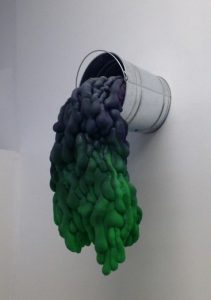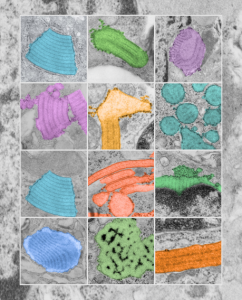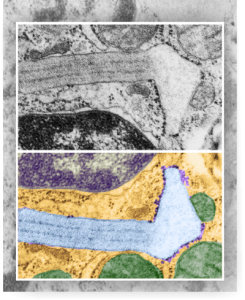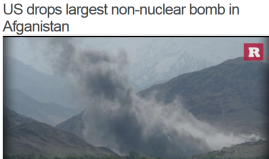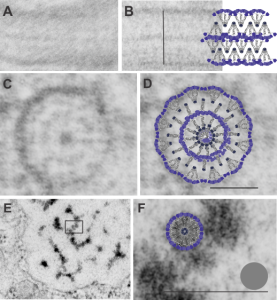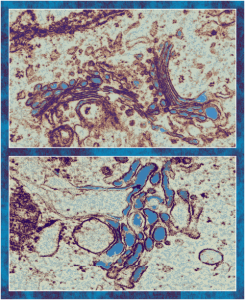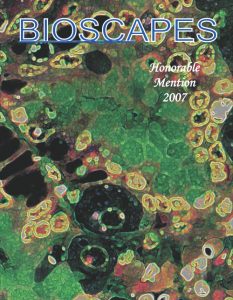This is “what not to do” with an old can of Great Stuff, you know that expanding foam filler for cracks and places that one doesn’t know how to seal. It is without a doubt, a one-time-use fix-it thing, as i had two left over cans from other long ago projects. I wanted to seal a space that had widened between the stucco and my tiny back porch roof and googled all different methods and the expanding filler turned out to be a reasonable solution, perhaps.
I had saved the little plastic squirt thing, all cleaned and nice, hoping that when I needed it again it would work, but not really. It was extruding from that tube so sloooowwwwly that i was getting exhausted trying to make it work. Then (as happens very often in cincinnati) it started to rain. I knew the moment i stopped extruding that stuff that it was “game over”, and of course I was right. So i hunted around the house hoping to find a substitute through which to press the remaining great stuff into the space…. and i found another half used can. This can would not let me press the rubber gasket to get anything out at all, so i just pressed it as hard as i could against a rock (outside), and woila, out it came, so now it some coming out without restraint… at that moment i tried to capture some and press it into the space, what a mess, and great stuff just kept coming out and i had no way to stop it… i did press enough into the crack to fill it, and tossed the whole can into the garbage against some foam from a seat that the dogs had destroyed…. I wanted to save my trash can (LOL)… and here is what you get when “great stuff” empties itself into the garbage over the next hour +… By the way, the crack sealed just fine…. I re-primed the flashing, but it took several days to get the gunk off my hands. Not the most efficient repair job in the world, in fact funny at worst, hysterical really.
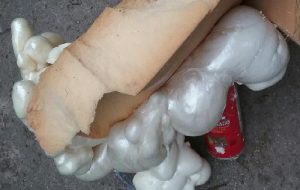 So next step was to google how many accidents with great stuff have been registered online… and of course I could have guessed that it is a medium for sculptors…. my next project will be a great stuff christmas tree.
So next step was to google how many accidents with great stuff have been registered online… and of course I could have guessed that it is a medium for sculptors…. my next project will be a great stuff christmas tree.
